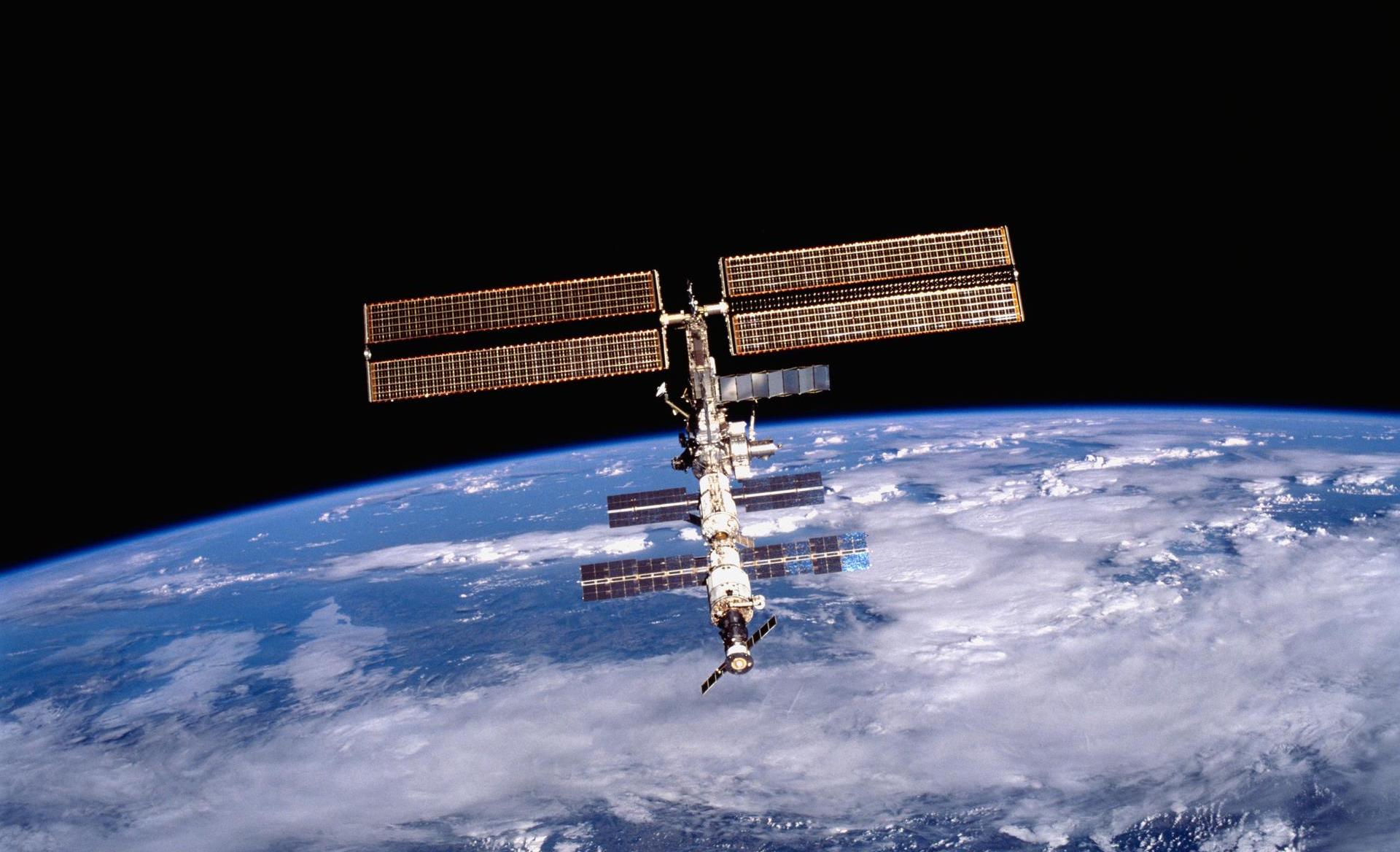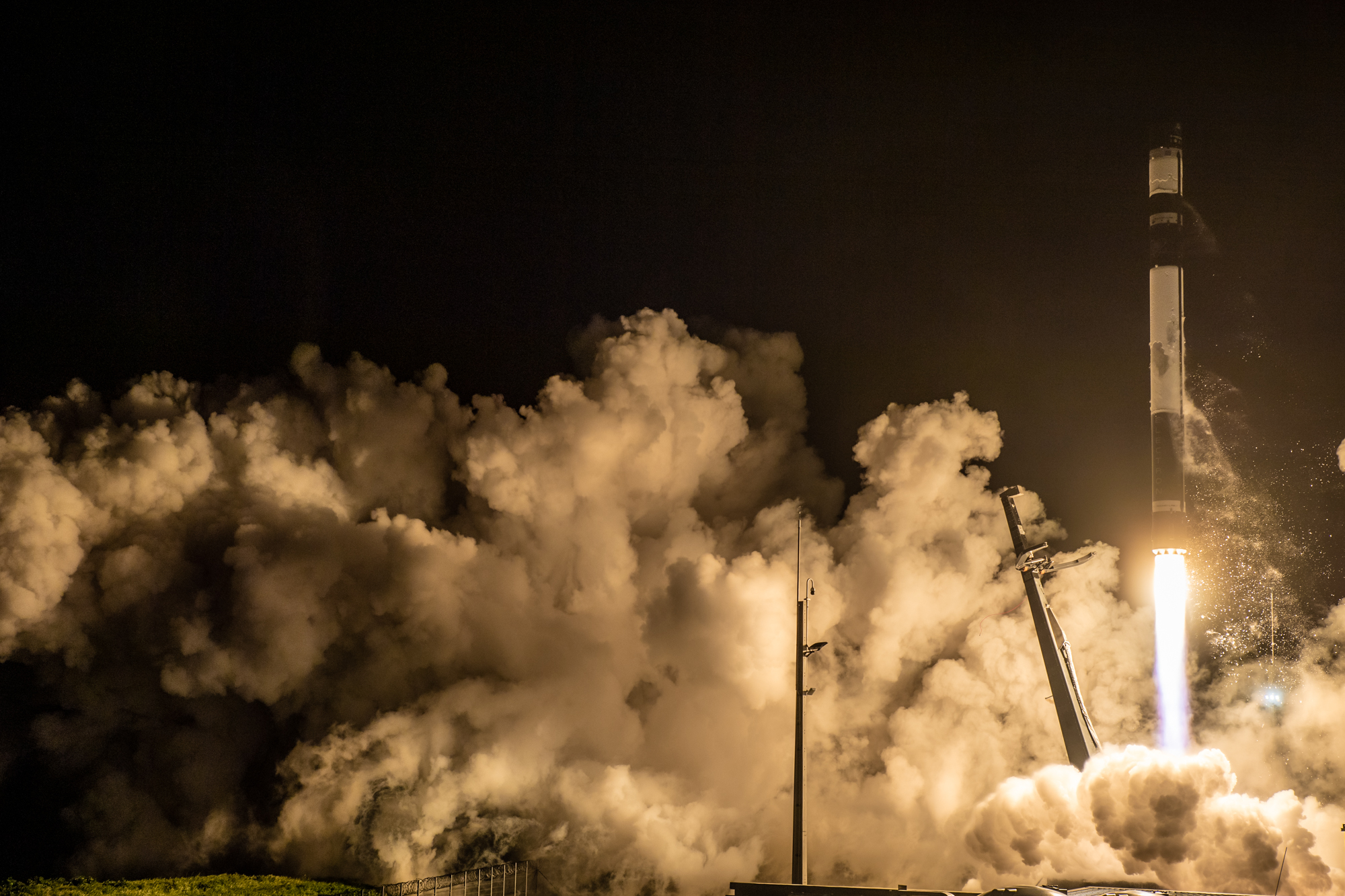Hello and welcome back to Max Q. Will every October issue have a Halloween/autumn pun as its title? I’LL NEVER TELL. In this issue:
- Blast off for Crew-5
- Russia’s rethinking on the ISS
- News from Firefly, TK and more
By the way…We are a little over ONE WEEK away from TechCrunch Disrupt, which is returning live and in-person to San Francisco on October 18-20. Use this link to receive 15% off passes (excluding online and expo).
SpaceX had a busy week
SpaceX continues to set the industry standard for launch cadence, successfully completing three separate missions in the span of five days. The first was Crew-5 on Wednesday (more on that below), followed by a Starlink mission a scant eight hours later. To cap it all off, it launched two satellites for Intelsat on Thursday night.
Crew-5 was a milestone for a few different reasons. The mission (so named because it’s SpaceX’s fifth crewed mission with NASA’s Commercial Crew Program) took off from launch pad 39A at Kennedy Space Center. The crew of four — which includes American astronauts Nicole Mann, mission commander, and Josh Cassada, mission pilot; JAXA astronaut Koichi Wakata, mission specialist; and Russian cosmonaut Anna Kikina, mission specialist — are traveling to the station in a Crew Dragon dubbed “Endurance.” It separated from the Falcon 9 rocket shortly after launch and arrived at the station on Thursday.
SpaceX has now delivered 30 humans to space across eight human spaceflight missions. It also marks the first time that a cosmonaut has flown on a SpaceX Crew Dragon and the first time a cosmonaut has flown on an American spacecraft since 2002. Cosmonaut Kikina’s spot on the spacecraft is part of a recent astronaut transportation deal between the U.S. and Russia. American astronaut Francisco Rubio flew to the ISS on a Russian Soyuz last month as part of the deal.
Looking ahead, SpaceX’s next CCP mission, Crew-6, will launch in February of next year. The Ax-2 mission, Axiom Space’s second private mission to the ISS, will follow in May.

Image Credits: SpaceX
Russia debates staying on ISS past 2024 despite tensions
Russia is having internal discussions over continuing its participation in the International Space Station (ISS) beyond 2024, despite statements made earlier this summer that the country will pull out of the station program by the middle of the decade.
Sergei Krikalev, head of human space programs at Roscosmos, said Monday that the Russian space agency is in discussions to extend its “participation in [the] ISS program with our government and hope to have permission to continue next year.”
The about-face comes just a few months after Roscosmos head Yuri Borisov announced Russia’s plans to leave the station after 2024, and instead construct its own orbiting station. The ISS is operated in partnership between the space agencies of U.S., Russia, Canada, Japan and Europe. America has committed to operate the station through 2030.
However, Krikalev admitted that a new Russian station may not be ready by 2025. “We know that it’s not going to happen very [quickly], so probably we will keep flying [on the ISS] until we have any new infrastructure that will allow us to do continuous human presence on low Earth orbit,” he said.

Image Credits: NASA
More news from TC and beyond
- ArianeGroup conducted a successful hot fire test of the Ariane 6 second stage, a key milestone in stage qualification testing. The European Space Agency is hoping to launch the Ariane 6 rocket sometime next year.
- CAPSTONE, NASA’s orbit-charting satellite, has regained three-axis attitude control and remains on track to enter its target orbit around the moon on November 13.
- Firefly Aerospace can now count itself amongst a small number of space companies to have reached orbit. The company launched its Alpha rocket from Vandenberg Space Launch Complex 2 on October 1 and declared the mission “100% successful” in achieving its primary objectives.
- Inmarsat is collaborating with U.K. company Livewire Digital to create a “network of networks” for connectivity across Inmarsat’s geosynchronous satellites, terrestrial 5G and a new constellation of satellites in low Earth orbit.
- Jared Isaacman, the billionaire who bankrolled and flew on the Inspiration4 mission last year, outlined his ambitious plans for the Polaris Dawn series of private human spaceflight missions. The first is expected to launch in partnership with SpaceX in March next year.
- Redwire is buying QinetiQ Space, a Belgium-based supplier of small satellites and other space infrastructure, for €32 million ($31.1 million).
- Rocket Lab’s punnily-named “It Argos Up From Here” mission blasted off from the company’s New Zealand launch site on Friday. The dedicated launch carried a General Atomics satellite bus carrying an environmental monitoring payload named Argos-4.
- Skyrora’s head of government affairs, Alan Thompson, expressed concern over the ongoing vacancy of a key science minister position in the British government. “The new Tory administration has yet to recognize and prioritise the massive opportunities held within the UK Space sector, a truth echoed in 80 days of absence despite the previous incumbent’s commitment and readiness to champion UK Space and Science,” he said in a statement.
- Space billboards could turn a profit despite costing up to $65 million, according to a new study from Russian researchers at the Skolkovo Institute of Science and Technology and Moscow Institute of Physics and Technology.
- SpaceX’s Falcon Heavy will see its first launch in over three years. The mission, scheduled for October 28, will deploy two satellites to GEO for the U.S. Space Force.
- SpinLaunch completed its tenth successful flight test using its suborbital accelerator. Unlike other tests, this one carried test customer payloads from NASA, Outpost and others. SpinLaunch said the test “demonstrated that SpinLaunch partners’ standard satellite components are inherently compatible” with the company’s unique kinetic launch system.
- United Launch Alliance launched two SES satellites aboard its Atlas V rocket from Cape Canaveral Space Force Station in Florida. The mission is part of SES’ effort to collect almost $4 billion in government payouts to clear the C-band.
- Virgin Orbit has completed a full launch rehearsal for its next flight from Spaceport Cornwall. It will be the first orbital space launch to ever take place from the United Kingdom.
- York Space Systems is selling a 51% majority stake to AEI (Firefly’s owner) in a deal that values the company at $1.125 billion.

Rocket Lab’s “It Argos Up From Here” takes off at night from LC1 in New Zealand. Image Credits: Rocket Lab
Max Q is brought to you by me, Aria Alamalhodaei. If you enjoy reading Max Q, consider forwarding it to a friend.
Max Q: Oh my gourd by Aria Alamalhodaei originally published on TechCrunch
from TechCrunch https://ift.tt/Gli0yJa
via Tech Geeky Hub


No comments:
Post a Comment